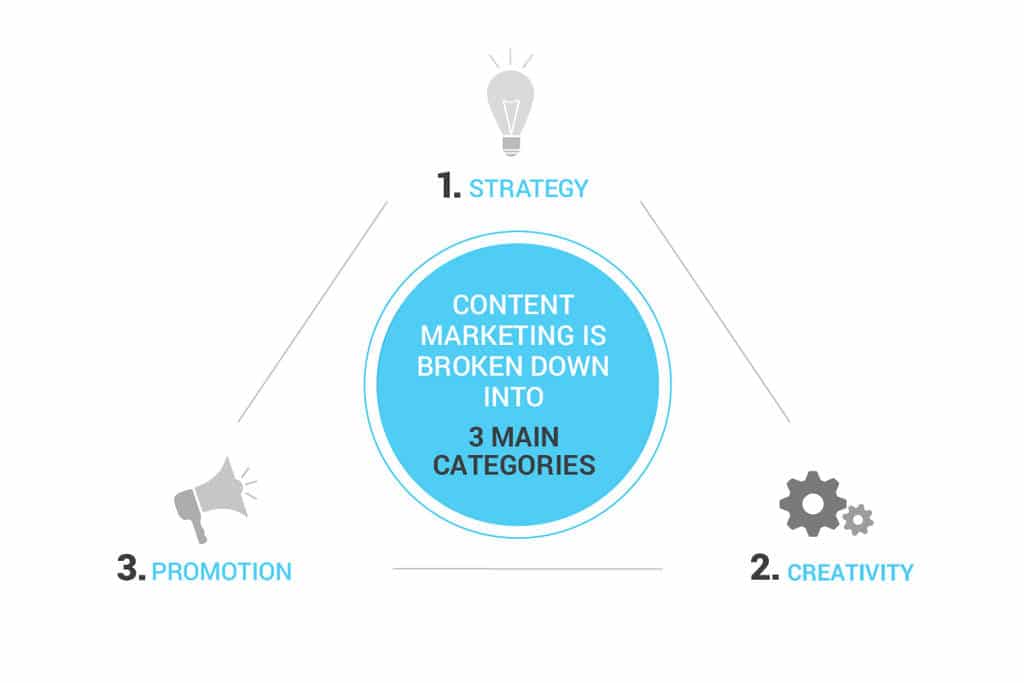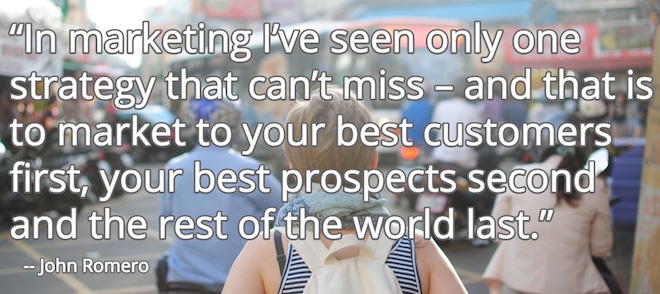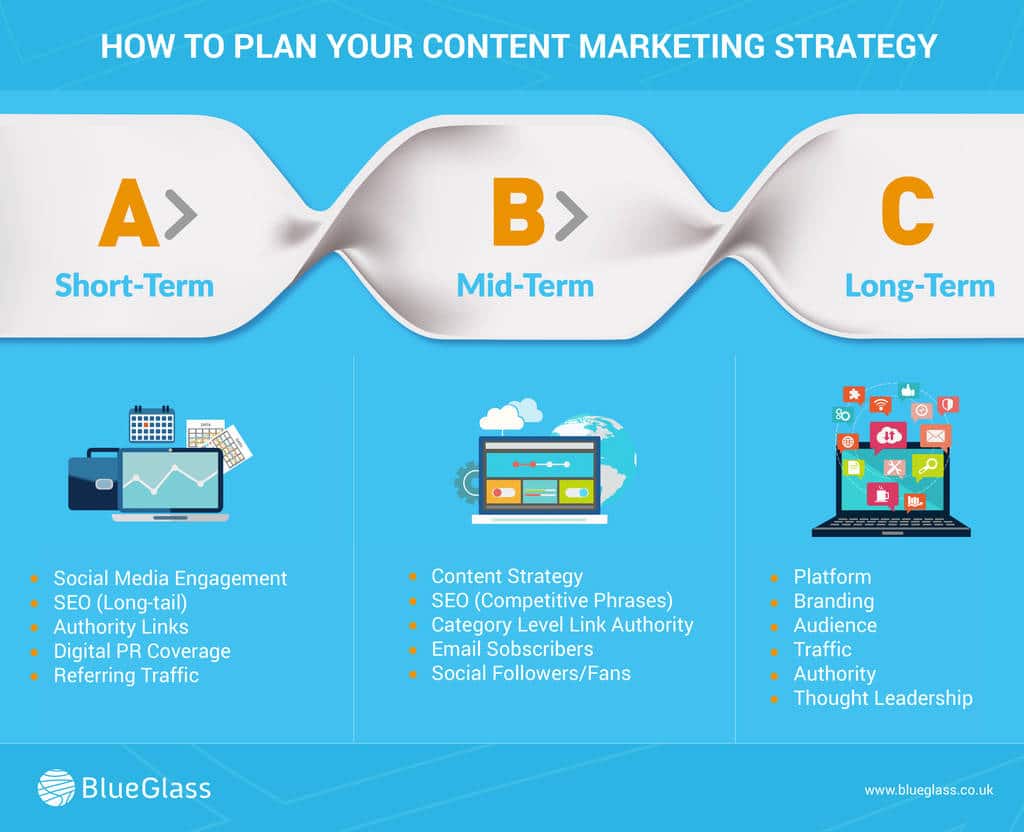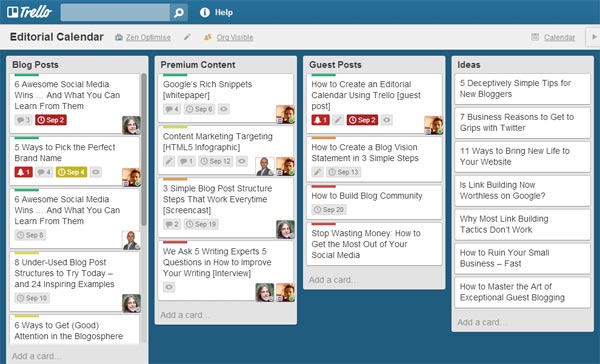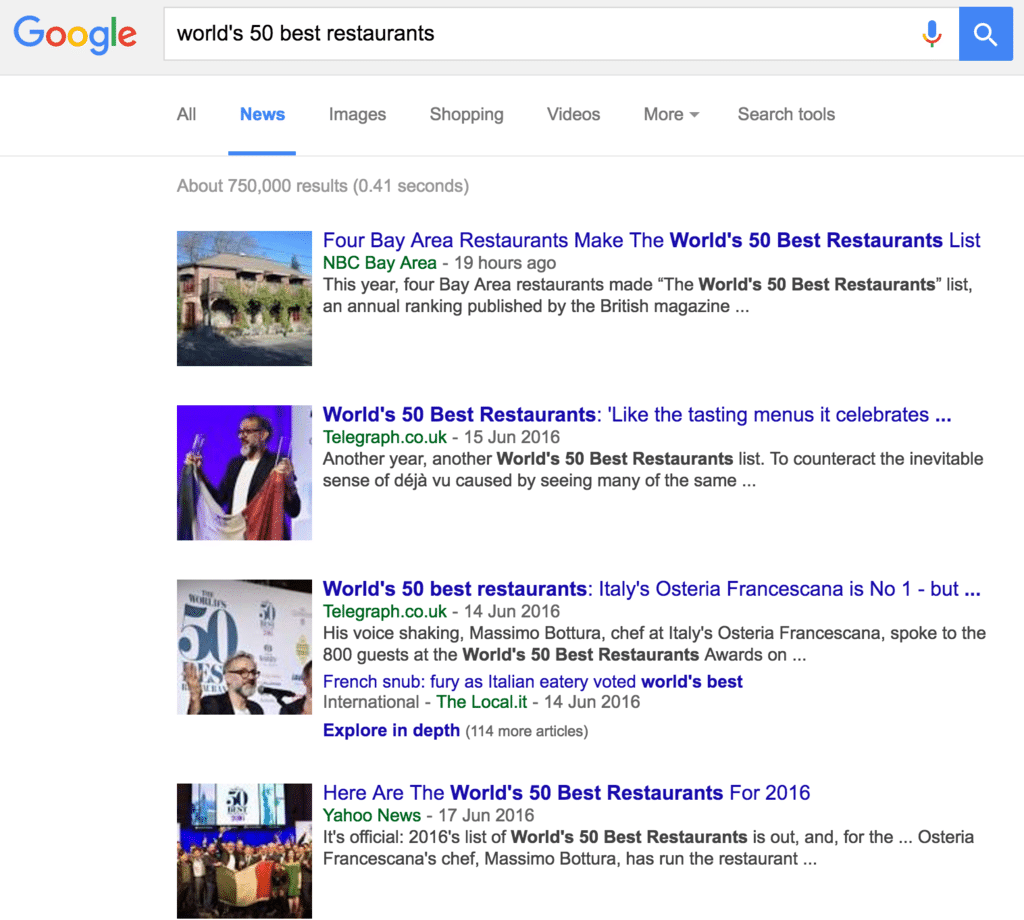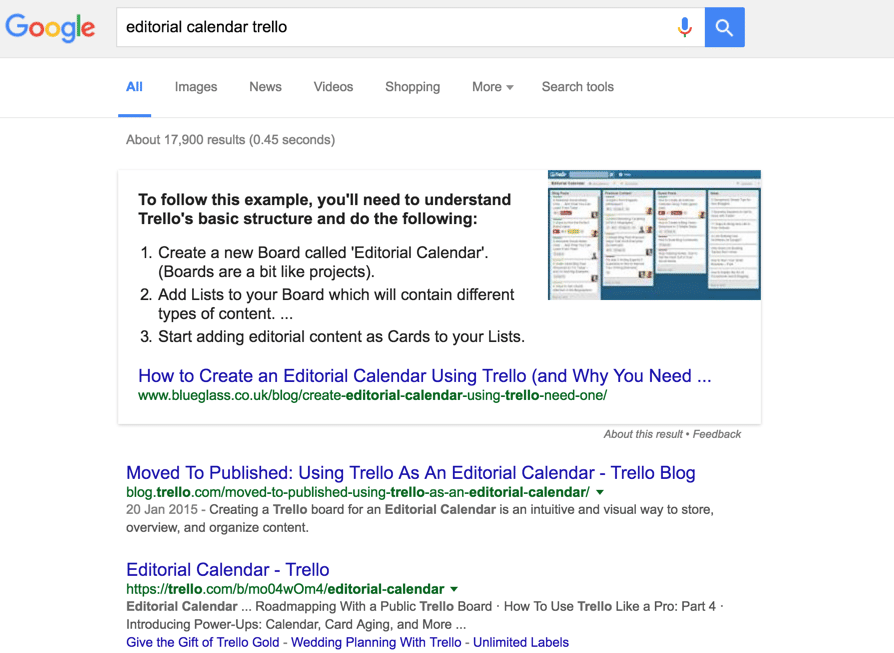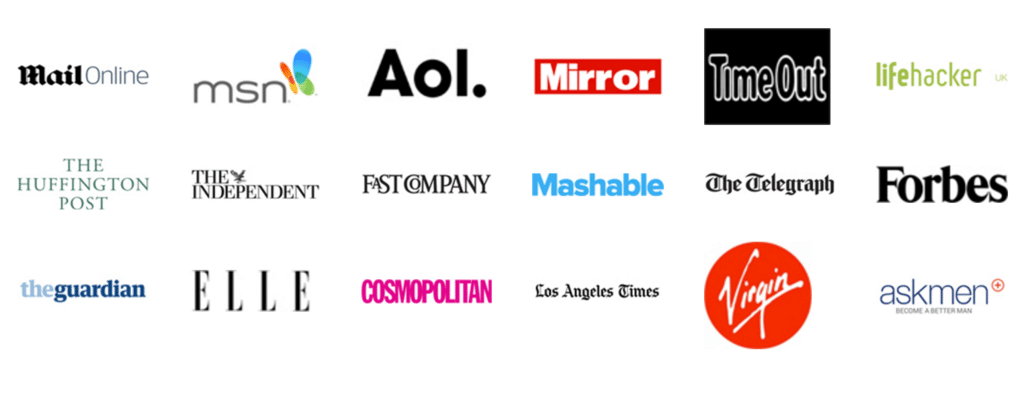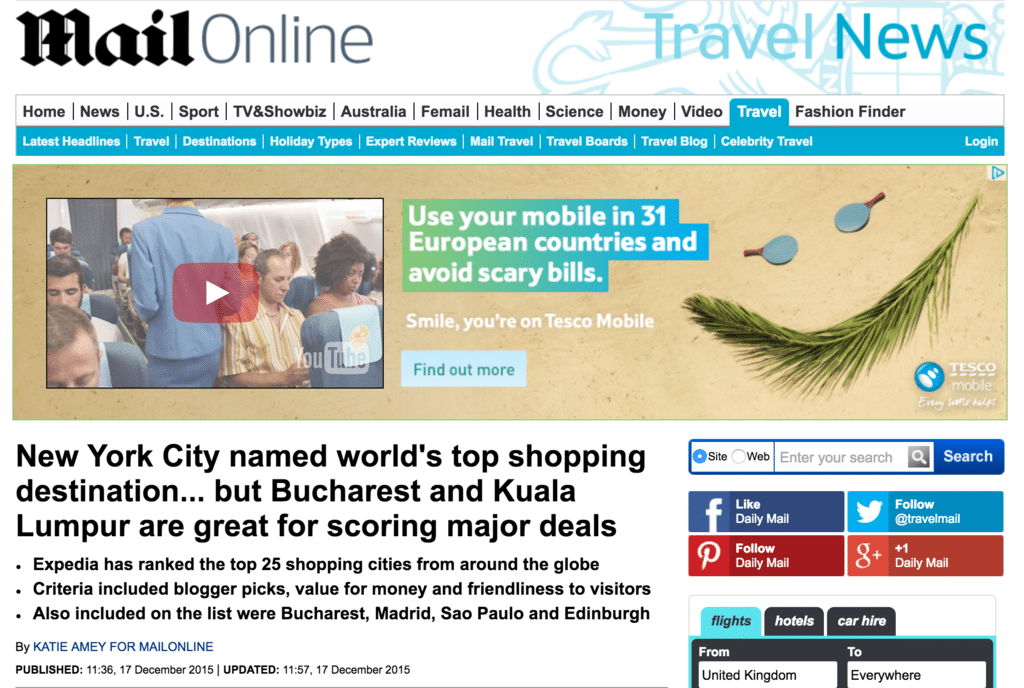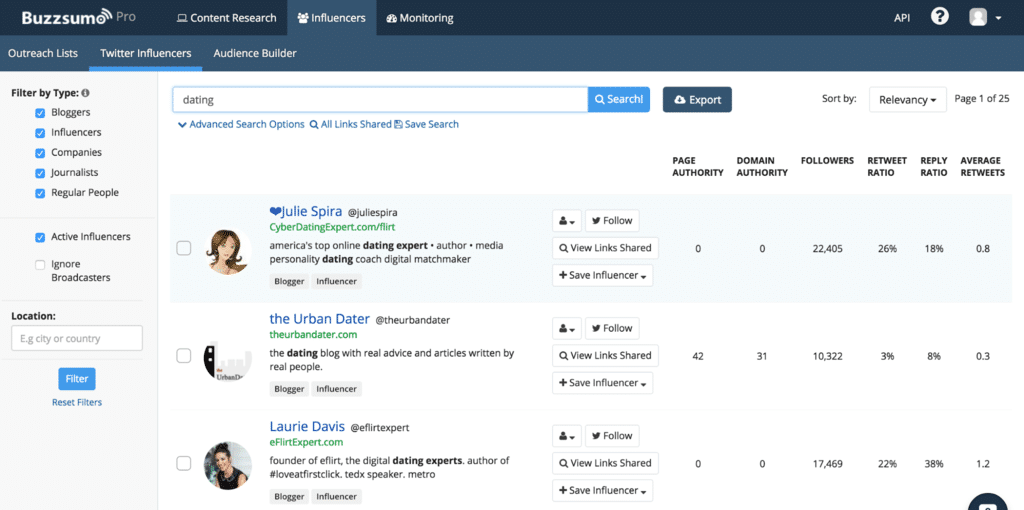We all know that content marketing is hugely competitive, and that we’re always fighting a battle to stand out from the crowd.
I’ve listed 30 tips and ideas that I’ve found help when it comes to making your content marketing really get results:
1) Define what content marketing success looks like
For example:
- You have a strategy aligned with your business goals, with a clear plan on how to achieve them…
- You produce creative content which your audience loves and attracts more of the ‘right kind’ of prospects (those who buy!)
- You earn outstanding coverage from publishers, media and social influencers
- You continually increase online revenue via organic search and other channels, to acquire new customers and retain existing ones
You need to understand where you are, where to go & how to get there…
2) Break down the silos
Make sure you create an action plan based on these 3 key pillars of content marketing:
Being aligned in strategy, creativity and promotion is vital in order to hit the sweet spot of achieving the real content marketing results that matter.
3) Before you start, get the right people on the bus
Content marketing requires a team approach, you can’t be good at everything, so consider the skill-sets that you need, for example:
- Content Strategist
- SEO Strategist
- Content Writer
- Graphic Designer
- Web Developer
- Digital PR Specialist
- Paid Social Specialist
- Account/Project Manager
Some of these roles may be combined, or freelance, at first – but ultimately if you want to be strong at content marketing, you need talent in all key areas to achieve the best results, so get the right people on the bus!
4) Understand your purpose & the story you want to tell
If you look at the brands that are really standing out today, it’s those that have a clear purpose and mission.
Once you have a powerful story, this becomes your marketing and you start to form a magnet that attracts customers, employees, recognition and keeps the flywheel moving towards further growth.
Steve Jobs talked about this incredibly well back in 1997 when Apple launched it’s “Think Different” campaign (if you haven’t seen this, it’s well worth 7 mins of your time).
Rather than focusing on product features or price – his view was that you should base marketing on your core values & how you can change the world.
This is absolutely true, branding can’t be about marketing gimmicks or straplines, you have to live it. That means every day. Every one. The alignment starts with your purpose and leads into your brand, your marketing and everything you do.
5) Understand who you are targeting
Make sure you take the time to really understand who you are targeting, study the demographics, where they are and why/how they want to hear from you…
Analyse your analytics and try using tools like Buzzsumo to research and find top content ideas that have been proven to engage with your audience in the past. That way you can have more confidence that your idea will resonate once published.
6) What’s the goal? How can you measure & prove it?
Typical ways to measure content performance could include:
- CPL metrics – working backwards from average order values, conversion rates from visitor to subscriber to customer…
- Equivalent media spend – how much would traffic to content via organic, social, referral be worth if you paid per click?
- Digital PR coverage & social engagement – quality, quantity and relevancy of PR generated
- Reduce customer support / improve conversion rate – does your compliant rate come down? Do sales improve?
However you should consider how content performs for different purposes – what does it work well for / what is unfair to expect…
7) Create clear content guidelines – what should you be publishing?
- Awareness: interesting, engaging, fun, entertaining, thought leading content
- Consideration: targeted content around research based keywords
- Action: to help people to buy, subscribe or navigate back to what they liked before
If your content doesn’t fit into these categories, should you be publishing it? Don’t be afraid to say no – being selective is good to keep focused on what’s really important.
Often saying no is more important than saying yes. After-all, no-one wants to publish content for contents sake…
8) Content marketing isn’t a one-off campaign
If you have a clear goal from the start, you can start to think bigger with your content marketing, so that you can continually build upon your success.
This is often where things go wrong – don’t get distracted by the shiny new exciting/cool things.
The best results are rarely the big spikes, but those less exciting, gradually improving uplifts that happen month-on-month-on-month.
To achieve this, make sure it fits into a bigger plan and let the content marketing wins build into longer term success!
9) Do a content audit before you create anything new…
- What content do you have already?
- Can you improve it?
- What worked best / what didn’t?
- What has generated the most traffic in the past?
- Where is the social engagement or links coming from?
- What do your internal site search stats say? This could be a gold mine!
- Which type of content generates social traffic, links, PR coverage, pageviews etc? Give this feedback to editors as a content performance report.
- Have you got an offline magazine? Brochures? Newsletters?
- What data is available within the company?
- Who’s the longest serving employee? Can you speak with them…
10) Produce a seasonalised editorial calendar
It’s important to remember that you don’t need to re-invent the wheel. The same topics/events often come back around each year, just make sure you’re aware of this and make something better:
- Run content audits to look back at what worked, or didn’t work
- Research in Buzzsumo what worked best in your industry for competitors and beat them to it for the new year!
- Keep a seasonalised calendar of events, so that you can keep organised and go back to one place. See here for how to setup an editorial calendar in Trello.
11) Get digital PR involved in content strategy
No-one wants to play a numbers game…
Why make it harder for yourself, do you digital PR research early and think about:
- Who are the top publishers in your industry?
- What is their top content?
- Do you have a plan on how to increase domain authority?
- How can you get writers/editors involved early?
- Can you get feedback from publishers on your idea before you create the content?
12) Be remarkable
You need to differentiate amongst the noise. And there’s a lot of noise!
Read Seth Godin’s advice on how to be remarkable and then go and put all of your efforts behind going and doing it.
Once you’ve done your research and understand what type of content works in this space – start creating something better than the rest and adds real value.
- Create the best answer for a given question
- Do something more creative, engaging, in-depth or fun
- Be more useful
- Think bigger
Be the result that deserves to rank number one in Google!
13) Create data-driven newsworthy content
In order to generate real newsworthy coverage, you need to be credible.
Think about how you can back up your content with data. This is how you can become a journalists new best friend.
Research the latest studies, dig through your own analytics and run your own surveys. Collect as much data as you can get, as this will help to make your story more credible – ideally looking for a minimum of 1,000 responses (the more you can get the better).
Try tools such as:
- Import.io
- Flowing Data
- Google Analytics (or your analytics provider if different)
- Numbeo
- YouGov
- Survey Monkey
- One Pulse
14) Be evergreen & build upon your success
If it’s worked before, chances are it will work again – think bigger, think better – but it’s proven to work, why would you want to ignore that?
World’s 50 Best do a great job of this, providing a very credible awards – where the very best restaurants are reviewed and listed. Tripadvisor’s Travelers Choice likewise is a fantastic repeatable marketing campaign.
Of course anyone who is listed in these awards will be proud of this and likely to shout about it, by sharing socially, blogging about it and linking back using the badge to show they’ve been featured.
It doesn’t just have to be awards or annual events either. Try to build evergreen useful pieces which can stand the test of time and still generate traffic, engagement and links in 5-10 years, not just 2-3 months…
15) Create content to answer key questions
Research your audience to find out what their pain points are. Find out what popular questions are on Quora, AnswerThePublic, and community blogs/forums.
Try answering some of these questions, and then you can turn your most popular answers into more in-depth article content. This will start to help your attract long-tail, top of funnel organic traffic.
Once you have great content that answers these questions, you’ll find you’ve developed a resource that can be linked to or shared socially once this is asked in future.
Setup alerts around the popular keywords to make sure that you are notified when people are talking about this, and then you can help them out with a reply and promote your content all at the same time!
16) Understand what content triggers Google Answers
Once you have great answer content, think about how you can maximise its coverage in Google’s Answer box:
- The interesting part about Answer boxes is they aren’t always the top organic result.
- Answer boxes are great also because they can have a huge impact on clicks from the search results to your website.
- Answer boxes are also great for branding and visibility within Google search results.
- Use bullet points in how to style articles, this helps to get Google to consider them as the top answer.
17) If you think content is about YOU, you’re missing the point
When people share content, they share it about themselves not you…
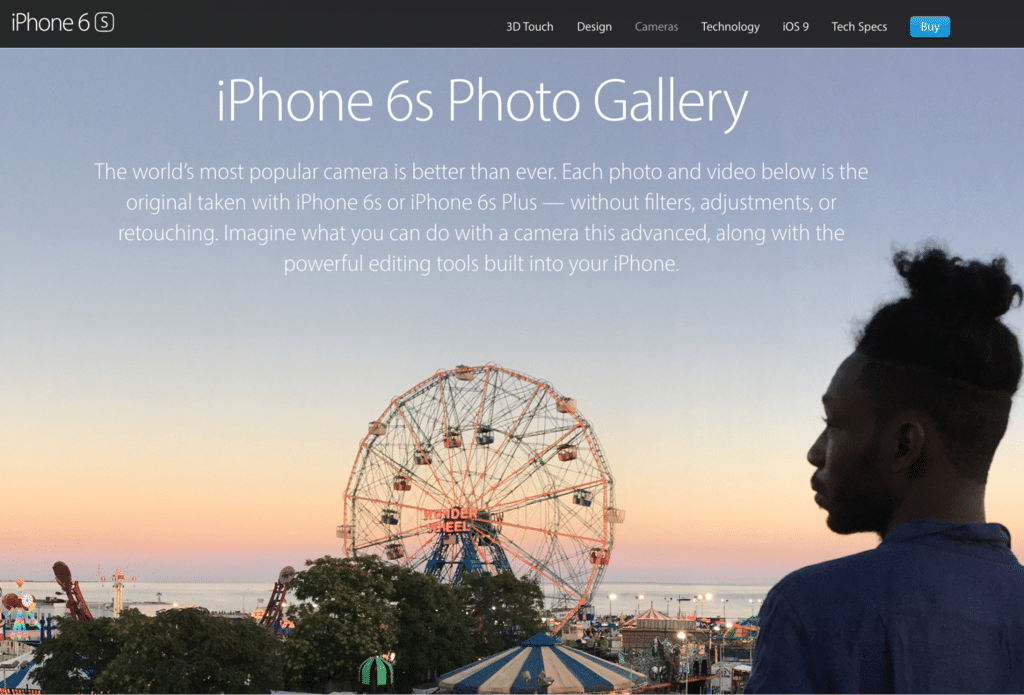
Apple are great at this. They make the advertising about 1,000 songs in your pocket, the photos you take, or the people queueing overnight – it’s not about the service or the product.
Make your customer the hero, so they can do the talking for you…
18) Being scared to fail is the biggest risk of all
I wrote about this a while back, but I really think that the biggest reason people fail is often because of the negative thoughts that go through their heads and hold them back by playing too safe:
- I don’t want to look stupid…
- Why would I share all of this information if people can then copy it…
- What if everyone knows this already…
- My competitors will know everything if I share this…
Try to think live a VC investor – if you bet on 10 companies being a success, you might expect 6 failures, 3 ok deals and 1 outstanding success. But overall, you know that’s going to outweigh 10 safe bets.
Of course, you need to know when to take those bets and limit the downside. If the risk is it falls flat and no-one sees it, if the potential reward is there it’s probably worth going for. Whereas if it can potentially damage your brand reputation, I’d suggest it’s not.
You don’t want to have that sickening feeling of seeing your competitors doing a great job with an idea you had 12 months ago. Instead of being left kicking yourself – just go for it!
What people don’t get, is the biggest risk is not doing it!
19) Aim to become THE authority within your industry
Creating great content isn’t enough – sometimes it needs a little push…
- Build digital PR relationships to get your content featured on some of the most popular publishers within your vertical.
- Build an audience to turn your visitors into regular readers.
- Target social influencers to maximise the impact and engagement of content campaigns.
- Leverage paid social advertising & content distribution to amplify content visits and engagement.
We’ve achieved coverage on all of the above publishers. None of these are easy – but it’s much easier if you put the research into working out the hook that they are really looking for and start building a personal relationship which helps them to help you.
Don’t make the mistake of leaving distribution until the end – build promotion into your strategy to maximise coverage, traffic and readership.
20) Be the source!
Agreeing an exclusive with a publisher in advance can help to get their buy-in.
Plus it helps with additional outreach afterwards…
For example, we achieved the the above coverage as a first exclusive and this then allowed us to make this part of our additional outreach pitch, e.g. “did you see this article on the dailymail.co.uk? Did you realise [insert their local city] was listed in [ranking], perhaps you’d like to cover this?”
In this case, that helped massively towards generating additional coverage from leading publishers, but the key is make it 100% clear that you are the original source!
21) Creating content assets to build an audience
Don’t just focus on traffic or links – remember you’re building content assets and looking to build an audience:
The real value rarely comes from the first visit, but you can try to make it a vital touchpoint.
Leave readers wanting more. Give them a reason to subscribe to your newsletter, follow you on social, retarget them with more compelling content and let your audience continually build.
Content marketing is so much easier once you have the audience behind you – the big publishers biggest distribution weapon isn’t outreach or paid social, it’s their own publish button.
22) Build useful content upgrades to capture your audience
Once you’ve done the hard work in generating traffic from new visitors, don’t make it difficult for yourself.
Leave them wanting more and give them a reason to get it!
Try testing email captures and content upgrades, so that you can build your list to further engage and grow your audience.
The key is providing value, rather than seeking the email.
23) Recycle content to make the most out of it
People like to consume content in different ways, think about how you recycle content into multiple formats. For example, this blog post was originally a presentation!
You could turn an in-depth research study into a:
- Series of short-form articles
- Data-visualisation image for social sharing
- Infographic
- Interactive in-depth content
- Email newsletter
- Video
- Slideshow presentation
- Downloadable PDF / Amazon book
- etc…
24) Build a list of top influencers & publishers in your space
Then you can learn from:
- What they’re doing
- What type of content they like
- What they don’t like
- Who their original sources are (who influences the influencers)
- etc…
25) Get bloggers/publishers involved & make them feel special
Face-to-face is so much better for building real relationships, plus it’s more fun!
For a recent content campaign, we invited top London food bloggers to our Leather Lane office and gave them a lunch to remember.
Rather than outreaching to bloggers, find a way to make them part of your content – then the distribution becomes the easy part as you’ve given them a great time and made them a key part of your campaign, so of course they’ll love to share it.
26) Tap into egos
People love to talk about themselves and where there from – make sure you focus 100% on them.
Find out more about the people you’re outreaching to. What are they interested in? Where do they live? Try using apps like Charlie to find out more about the people you are talking to, and to find common ground you share.
Also play on rivalries – New York vs LA, London vs Manchester, Sydney vs Melbourne – sparking some friendly debate never does any harm.
27) Linking out to relevant sources makes you more credible
You want to show that you’re an authority within your niche. This means you should have links both to and from other sites in your industry.
Also for digital PR if try to be referenced as a credible source alongside other trusted sites, it looks more credible to be listed alongside other authority resources, rather than creating an SEO footprint that just links to you and no-one else…
28) Explore relevant syndication partners
This can be a useful way to maximise promotion, so make sure you:
- Create your own profiles on LinkedIn, Medium.com and re-publish a few days afterwards – I quite often do this myself and have left some info on a Quora question I answered recently.
- Understand the big publishers in your niche that syndicate content; e.g. Yahoo Finance
- Submit to Google News and Google Blog Search
29) Social sharing & paid amplification doesn’t get you links
I’m not saying don’t do this, it can clearly boost awareness, traffic and credibility. But if you’re doing it for SEO and links there’s better things you could be spending your budget on!
- Paid social can be great for amplifying content and specifically targeting your audience, just don’t get your hopes up on the SEO value.
- Consider micro-conversions as the main goal – capture email addresses from content upgrades, build your social audience etc.
- Make sure you know how much an email or a visit it worth – then you can scale based on lifetime values, instead of engagement metrics.
30) Leverage writer profiles to build credibility & coverage
This can help you significantly towards building the relationships you need to secure high quality coverage.
Make sure you:
- Build a content strategy focused around key topics so that you know what content people are looking for.
- Hire subject specialists to build up their writing profiles and provide authority content.
- Become the goto authority within your industry, by writing for leading publications and providing expert quotes to secure additional coverage.
- Try to link it back to your own site, so that you’re the source (tip 20) and you build an audience (tip 21)!
The secret to great content marketing = quality
This sounds obvious, but it’s where people often go wrong…
Don’t start by thinking how can you publish one post a day, or how you can generate x amount of visits.
You don’t want to be competing amongst the crowd, you want to stand out from it. Play by your own rules, put the hard work in and don’t be afraid try new ideas, create 10x content or do the things that don’t scale.
Forget about what everyone else is doing and just focus on how you can provide the most amount of value to your readers.
Get this right and building the traffic, audience, coverage and authority becomes the easy part!


